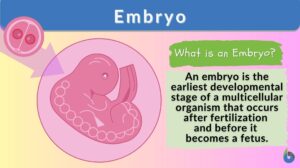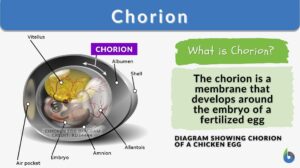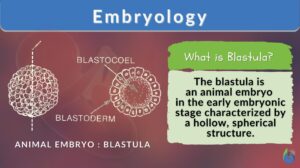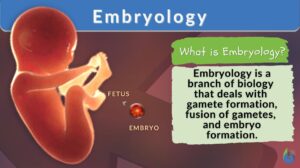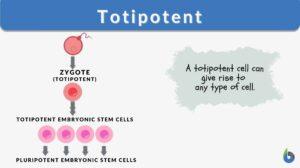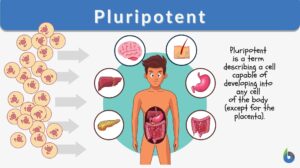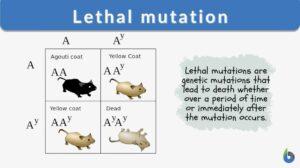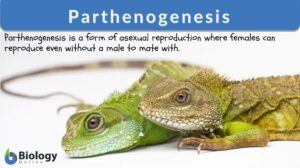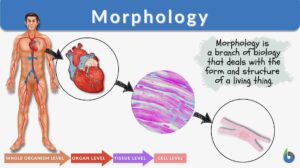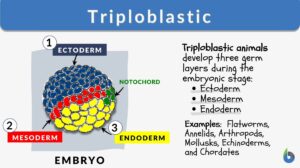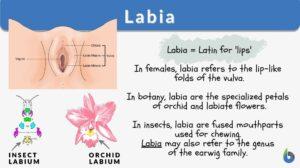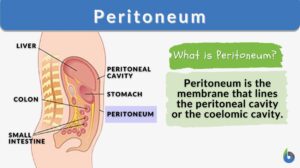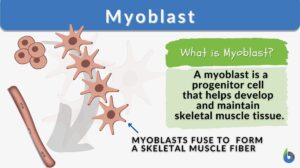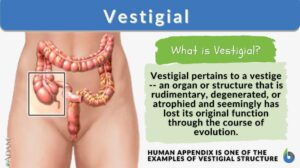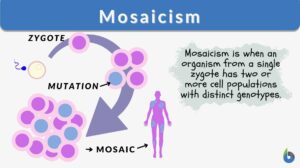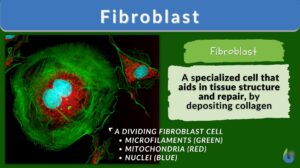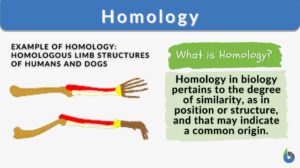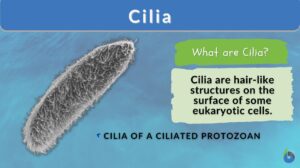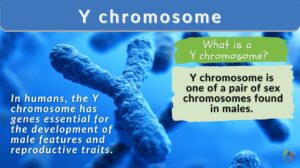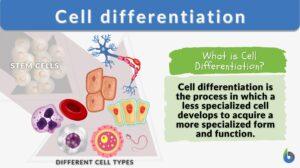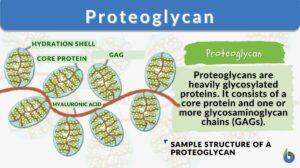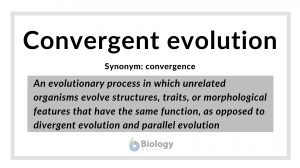Search Results for: embryonic
Why Embryonic Stem Cell Use is Unethical
By Maria Victoria Gonzaga Embryonic Stem Cell research offers a remarkable way to treat various disorders where... Read More
Embryology
Embryology Definition Embryology is a branch of biology that deals with the topics concerning gamete formation... Read More
Totipotent
Totipotent Definition What is totipotent? In general terms, totipotency is defined as the ability of a single cell to... Read More
Pluripotent
Pluripotent Definition What is pluripotent? In biology, the term "pluripotent" means capable of developing into... Read More
Lethal mutation
Lethal Mutation Definition Genetic mutations come from changes in the DNA structure or sequencing in an organism. Often... Read More
Parthenogenesis
To reproduce, by definition, means to produce new offspring. The process is referred to as reproduction, which is one of the... Read More
Morphology
Morphology Definition Morphology means the study of the shape and structure of living things from a biological perspective.... Read More
Triploblastic
Triploblastic Definition A triploblastic animal had three main layers of tissue during embryonic development. The central... Read More
Peritoneum
What is the Peritoneum? The term peritoneum refers to the serous membrane that constitutes the biologically active inner... Read More
Fibroblast
The building block of living things is known as the cell. The cell contributes to many parts and functions of different... Read More
Eutherian mammal
Definition noun, plural: eutherian mammals Any from the group of mammals possessing chorioallantoic placenta (as opposed... Read More
Fruits, Flowers, and Seeds
Flowering plants grow in a wide variety of habitats and environments. They can go from germination of a seed to a mature... Read More
Y chromosome
Y chromosome Definition The Y chromosome constitutes one member of the pair of sex chromosomes within an organism, a common... Read More
Inner cell mass
Inner cell mass a group of cells found in the mammalian blastocyst that give rise to the embryo and are potentially capable... Read More
Cell differentiation
Cells are often described as the building blocks of life as they are the smallest unit used to build up organisms. Cells can... Read More
Law of recapitulation
Definition noun The theory formulated by E.H. Haeckel in which the individuals in their embryonic development pass through... Read More
Anther culture
Anther culture a plant culturing technique in which immature pollen is made to divide andgrow into tissue (either callus or... Read More
Gastrulation
Definition noun (embryology) The process in which the embryo develops into a gastrula following blastulation during the... Read More
Proteoglycan
What are proteoglycans? Proteoglycans are primarily a type of polysaccharide. Structurally, proteoglycans are... Read More
Totipotent cell
Definition noun The cell that is capable of developing into any cell type. Supplement In a developing embryo, totipotent... Read More
Nervous System
THE is the most complicated and highly organized of the various systems which make up the human body. It is the... Read More
Convergent evolution
Convergent evolution definition What is convergent evolution? Convergent evolution is a concept in evolutionary biology... Read More

